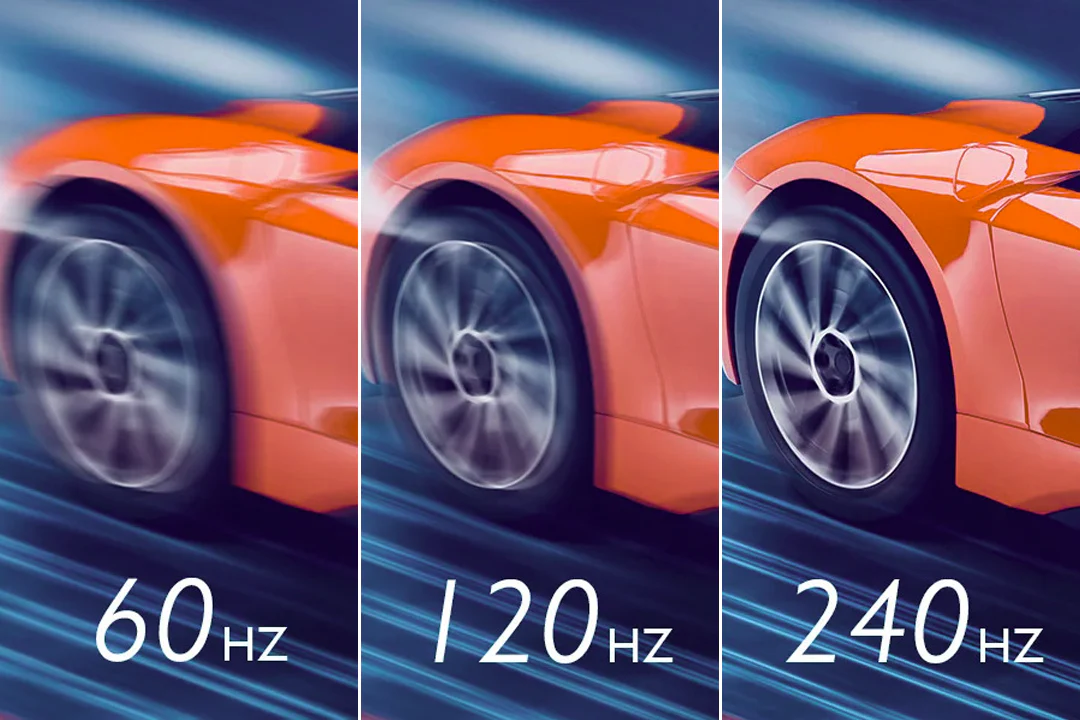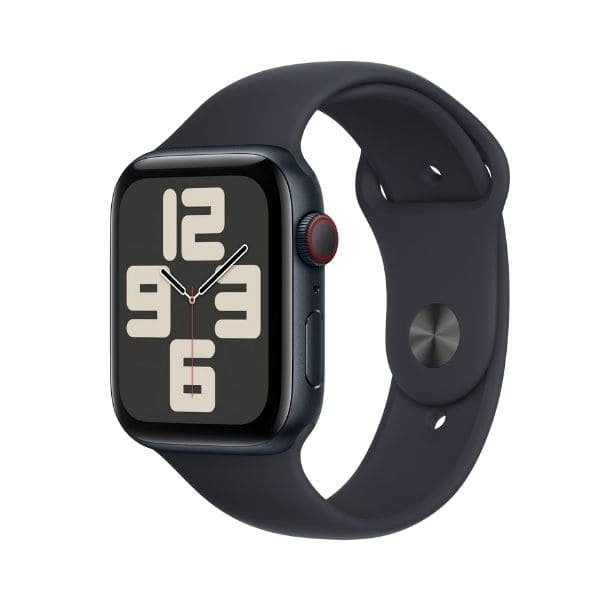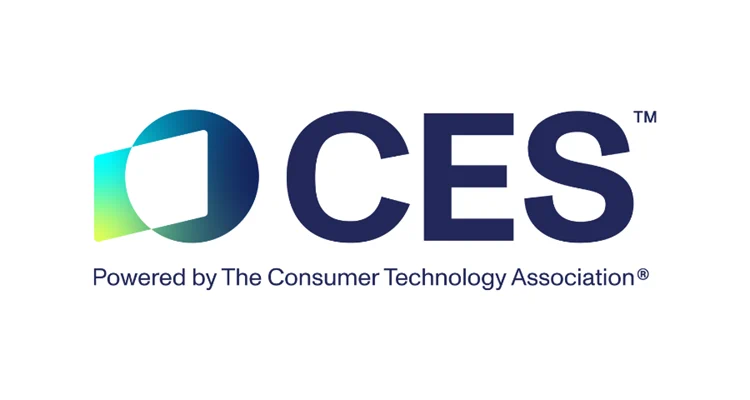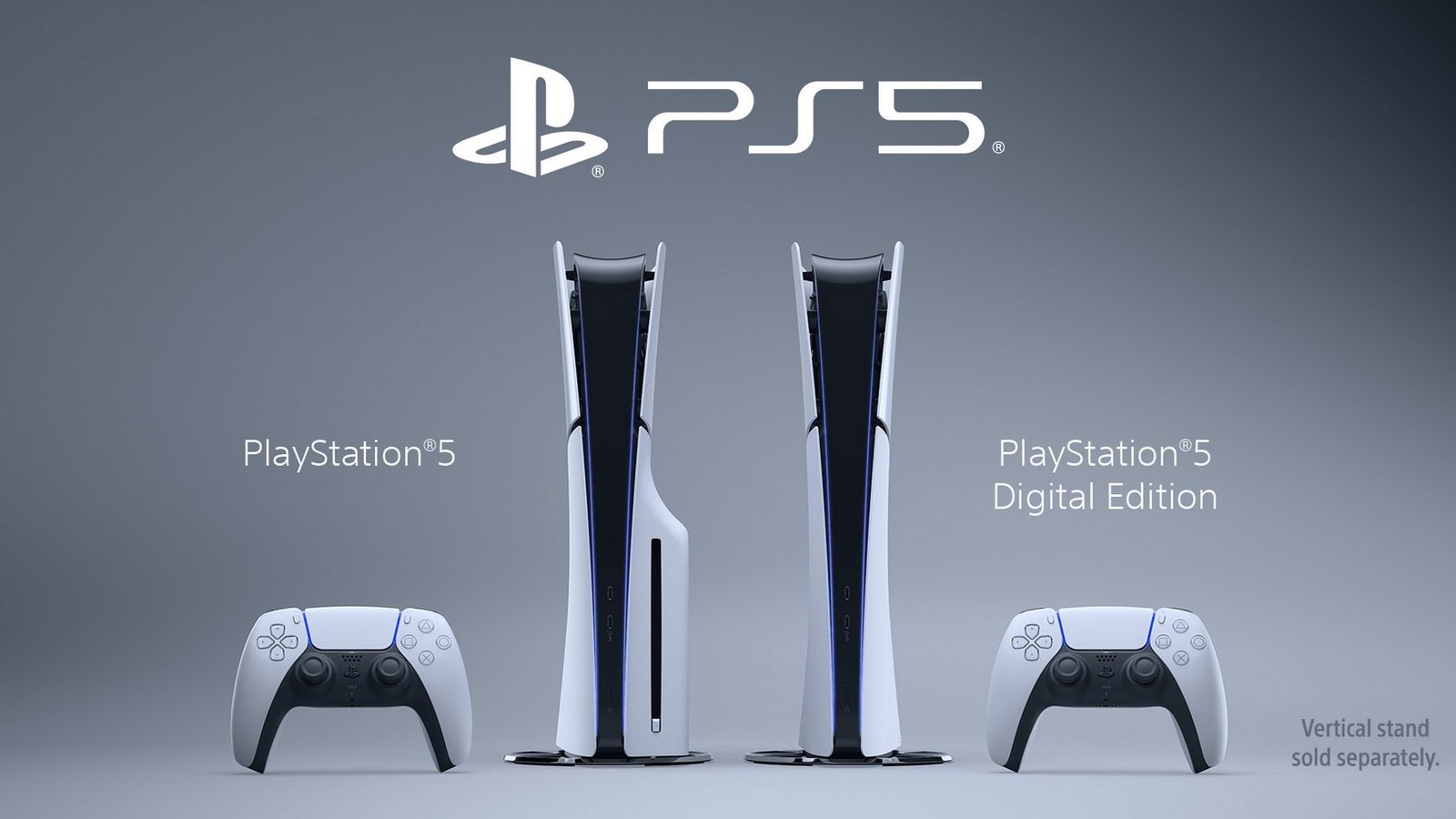Table of Contents
If you’ve ever shopped for a new TV, monitor, or smartphone and asked yourself, “What is refresh rate?” – you are not alone. You see these numbers followed by “Hz” everywhere: 60Hz, 120Hz, even a wild 240Hz. But what do they actually mean, and is bigger always better?
The concept is actually much simpler than you think.
Your screen isn’t showing you a continuous, live moving picture. It’s actually a super-fast slideshow. It displays a series of still images (called “frames”) so quickly that your brain is tricked into seeing fluid motion.
The refresh rate, measured in Hertz (Hz), is simply how many times per second your screen can draw a new picture.
- A 60Hz screen updates the image 60 times per second.
- A 120Hz screen updates the image 120 times per second.
That’s it. It’s the speed of the slideshow. A higher number means a faster slideshow, which our eyes perceive as smoother, clearer motion.
The Flipbook Analogy: The Easiest Way to Understand It
Remember those little flipbooks you had as a kid?
- A 60Hz screen is like a flipbook with 60 pages for every second of animation. The motion looks pretty good—this has been the standard for years.
- A 120Hz screen is like a flipbook with 120 pages for every second. Because there are twice as many pictures packed into the same amount of time, the animation looks incredibly fluid and buttery smooth.
The difference isn’t just a gimmick; it’s something you can genuinely feel. Once you experience a high-refresh-rate display, going back to a standard 60Hz screen can feel sluggish and choppy.
Understanding What is Refresh Rate and Why It Matters
So, a smoother image is nice, but where does this actually make a difference in your daily life? The impact varies depending on what you’re doing.
For Gamers: It’s a Game-Changer
This is the audience that cares the most, and for good reason. In fast-paced video games (like first-person shooters or racing games), a high refresh rate is a huge competitive advantage.
- Less Motion Blur: On a 120Hz or 144Hz monitor, moving objects and enemies appear much sharper and less blurry. It’s easier to track targets.
- Faster Reactions: Because the screen is updating more frequently, you are seeing information sooner. The time between an enemy appearing on screen and you seeing them is slightly reduced, giving you a tiny but crucial advantage in reaction time.
- Smoother Gameplay: The entire experience just feels more responsive and connected. Your mouse movements feel more direct, and the game world feels more immersive.
For serious PC gamers, 120Hz is now considered the bare minimum, with many aiming for 144Hz, 240Hz, or even higher.
For General Use and Content Creation: It’s a “Quality of Life” Upgrade
You don’t have to be a gamer to appreciate a high refresh rate. The smoothness is noticeable in everyday tasks:
- Scrolling: Simply scrolling through a webpage or your social media feed feels incredibly fluid and less jittery.
- Mouse Movement: Your mouse cursor glides across the screen like it’s on ice.
- Animations: Opening and closing windows, and other operating system animations, feel snappy and smooth.
It’s a “quality of life” improvement. It won’t change what you can do, but it makes everything you do feel more polished and premium.
For Movie and TV Watchers: It’s… Complicated
This is where things get a little weird. Most movies are filmed at 24 frames per second (fps), and most TV shows are 30 or 60 fps. So, does a 120Hz TV make a difference?
Yes, but not always how you’d expect. A 120Hz TV is better at displaying 24fps movie content without judder because 120 is neatly divisible by 24 (120 / 24 = 5). The TV can show each movie frame 5 times, resulting in smooth playback.
However, be wary of a feature often called “motion smoothing” or “soap opera effect.” This is where the TV uses AI to invent fake frames to make 24fps content look like super-smooth 120fps video. Some people love it for sports, but most people (including filmmakers like Tom Cruise) hate it for movies because it makes them look unnatural and weirdly cheap. Thankfully, you can almost always turn this feature off in your TV’s settings.
The Catch: You Need the Frames!
Here’s the most important thing to remember: your high-refresh-rate screen is only half the equation. A 144Hz gaming monitor is useless if your computer’s graphics card can only produce 40 frames per second (fps) in a game.
Your Refresh Rate (Hz) is what your screen can do. Your Frame Rate (fps) is what your computer or console is actually producing. For the smoothest experience, you want your fps to be as close to your Hz as possible.
Conclusion: Is Higher Always Better?
So, back to our original question: what is refresh rate and do you need the highest number possible?
For most people, the jump from 60Hz to 120Hz is a huge, noticeable upgrade that makes everything feel better. The jump from 120Hz to 240Hz is much less noticeable and is really only for elite, competitive gamers who need every possible millisecond of advantage.
Think of it as the secret ingredient to a smooth digital life. It’s a number that, once you understand it, will change the way you look at screens forever.
What refresh rate is your current monitor or phone? Can you tell the difference? Let us know in the comments!







Leave a Reply
You must be logged in to post a comment.